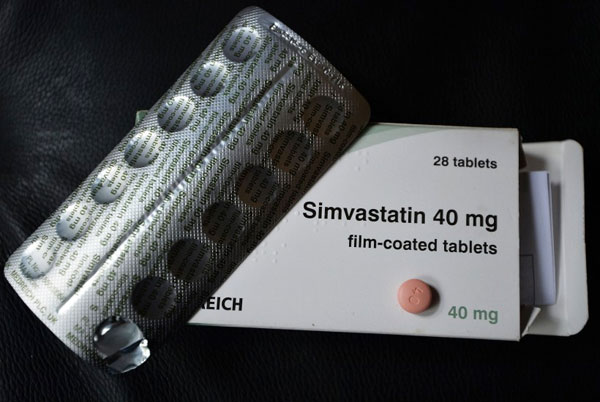
Heart disease is the top killer of Americans and experts say there is no doubt that high cholesterol plays a big part. Cholesterol-lowering drugs or statins are “game-changers” for many patients, but for millions of Americans and their doctors it may be tough to decide whether to statin, or not.
Erin O’Connell Peiffer walks a lot and watches her weight. But this mother of three had no idea she was a ticking time bomb until one moment, 14 years ago.
O’Connell Peiffer told Ivanhoe, “It felt like my heart was just jello. It was like it would beat, and then it would slow down, I really thought it was going to stop.”
Erin needed double bypass surgery at age 39. “If I didn’t have the surgery, I had a less than one-percent chance of being here in four months,” she explained.
Erin was diagnosed with high cholesterol; a big risk factor for heart disease. Seth Martin, MD, MHS, Preventive Cardiologist at Johns Hopkins University School of Medicine in Baltimore, Maryland says Erin is far from alone.
“A total cholesterol level of 200 or more is considered high. And millions and millions of Americans have that,” Dr. Martin told Ivanhoe.
For many patients, cholesterol-lowering drugs called statins are life-saving, but Dr. Martin says these drugs are not automatically the answer.
“I think there’s absolutely confusion about when to statin and when not to statin,” he explained.
Dr. Martin says doctors and patients should weigh what he calls the five P’s: precision, preference for the patient; participation, in lifestyle changes; potency, how strong a dose is needed and price.
For Erin, who has a strong family history, there was little choice.
She told Ivanhoe, “Because my liver cranks out way too much cholesterol, even if I took in zero dietary fat and exercised 24 hours a day, I’d still have too much cholesterol.”
Dr. Martin says it’s important to weigh the benefits of statins against the risks. Those risks have been referred to as the five M’s: memory, metabolism, muscle, medication interaction and major organ effects.